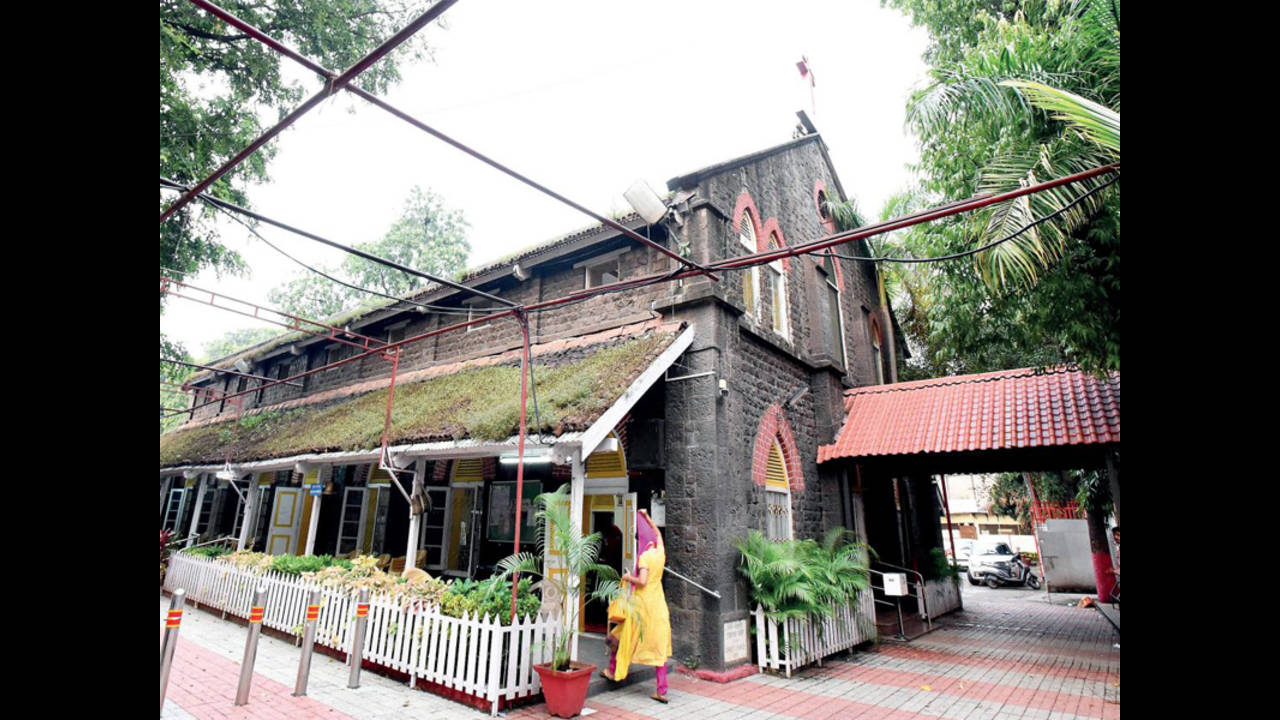Horoscope
Scottish missionaries behind Christ Church – Times of India

PUNE: In the chaotic Rasta Peth, on the edge of Pune Cantonment, and the even more chaotic Laxmi Road ahead, it is almost astonishing to find a plot of land and a set of buildings as peaceful as the Christ Church complex.
The structure itself is unassuming, unlike the majestic displays of some of the other British-built churches, or the City Church, which was built by Portuguese soldiers of the Peshwas.
These days, almost all the members of the congregation at this Pentecostal church speak Marathi as the first language, and are mainly from the older parts of the city. A number of them converted to Christianity after coming in contact with the missionaries who visited the area after the British conquest of the city.
The English built their chapels and churches shortly after settling in, one of the most notable being St Mary’s Church. The Catholics — mostly Irish and some Scots — built the St Patrick’s Cathedral in the 19th century.
Christ Church was set up by that group of Scottish missionaries who arrived with the troops in 1831. A new gate, lined by aluminium panels, proclaims the date outside the church. At the base of the church, however, the date is somewhat different, if one goes by inscriptions. “1895”, it says, decades after the church was established.
“Actually, most of the church complex was built later. Earlier, it was a small church, where locals and some soldiers would come every Sunday. The numbers increased after it became a Marathi church,” says Ashwin, a doctor by profession, and a regular at the church.
Inside the main prayer hall and the pulpit, it is quiet on a Saturday afternoon. Quotes from the Bible are written over the doors, the altar, but translated in Marathi.
A board mentions the chief pastors of the church ever since its establishment. A significant period of time is just mentioned as “Scottish missionaries”. “I have been in charge of this church since 1979,” says Rev C P Bhujbal, the chief pastor of this church, “that makes it 38 years,” he adds. “People from the neighbourhood come for services, most of whom are Maharashtrians. But I know people who come here from as far as Hadapsar and other parts of the city, the nearby Cantonment included,” Bhujbal said.
The structure itself is unassuming, unlike the majestic displays of some of the other British-built churches, or the City Church, which was built by Portuguese soldiers of the Peshwas.
These days, almost all the members of the congregation at this Pentecostal church speak Marathi as the first language, and are mainly from the older parts of the city. A number of them converted to Christianity after coming in contact with the missionaries who visited the area after the British conquest of the city.
The English built their chapels and churches shortly after settling in, one of the most notable being St Mary’s Church. The Catholics — mostly Irish and some Scots — built the St Patrick’s Cathedral in the 19th century.
Christ Church was set up by that group of Scottish missionaries who arrived with the troops in 1831. A new gate, lined by aluminium panels, proclaims the date outside the church. At the base of the church, however, the date is somewhat different, if one goes by inscriptions. “1895”, it says, decades after the church was established.
“Actually, most of the church complex was built later. Earlier, it was a small church, where locals and some soldiers would come every Sunday. The numbers increased after it became a Marathi church,” says Ashwin, a doctor by profession, and a regular at the church.
Inside the main prayer hall and the pulpit, it is quiet on a Saturday afternoon. Quotes from the Bible are written over the doors, the altar, but translated in Marathi.
A board mentions the chief pastors of the church ever since its establishment. A significant period of time is just mentioned as “Scottish missionaries”. “I have been in charge of this church since 1979,” says Rev C P Bhujbal, the chief pastor of this church, “that makes it 38 years,” he adds. “People from the neighbourhood come for services, most of whom are Maharashtrians. But I know people who come here from as far as Hadapsar and other parts of the city, the nearby Cantonment included,” Bhujbal said.
Continue Reading





